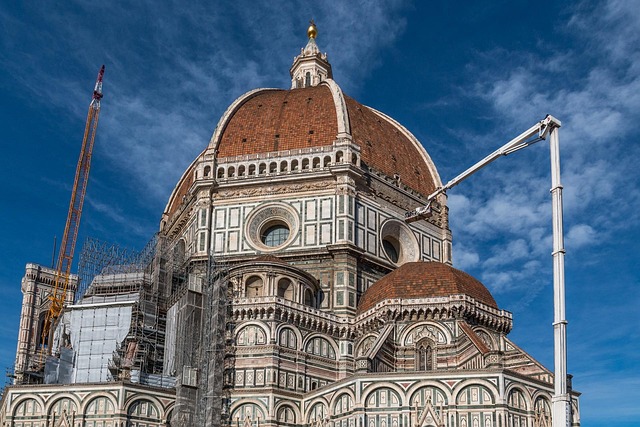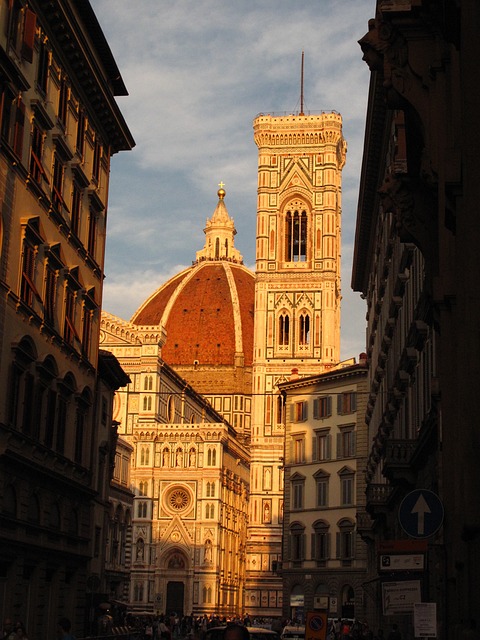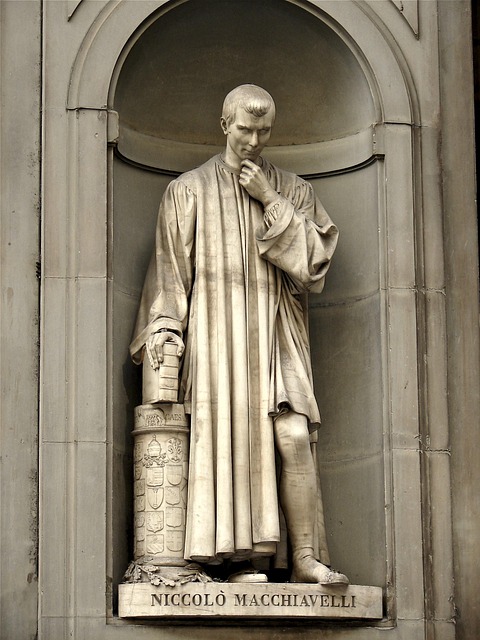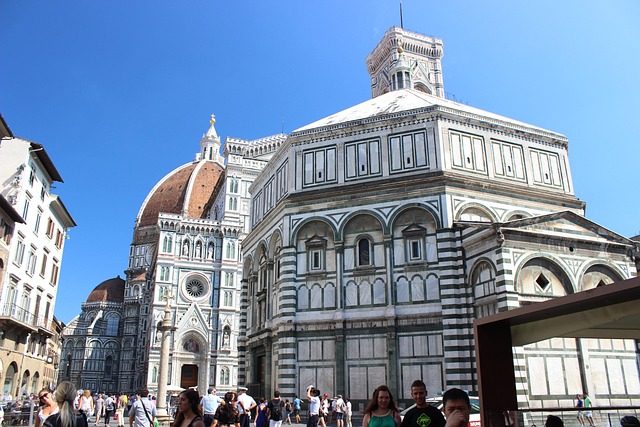Historic courthouses, renowned for their architectural beauty and rich history, play a pivotal role in urban regeneration. Repurposing these ancient structures as mixed-use developments or cultural centers not only preserves local heritage but also boosts economic growth by drawing businesses and residents to unique, walkable communities. Their majestic presence increases foot traffic and property values, transforming neglected areas into thriving hubs of culture, commerce, and community engagement, thereby enhancing the overall real estate market.
“Historic courthouses stand as timeless anchors in downtown districts, revitalizing urban spaces with their architectural splendor. This article explores the multifaceted role of these historic landmarks in community development, focusing on real estate perspectives. From design and preservation to economic boost and community pride, we delve into how courthouses, as iconic structures, contribute significantly to the revitalization of downtown areas, attracting investments and fostering local economies.”
The Role of Historic Courthouses in Downtown Revitalization
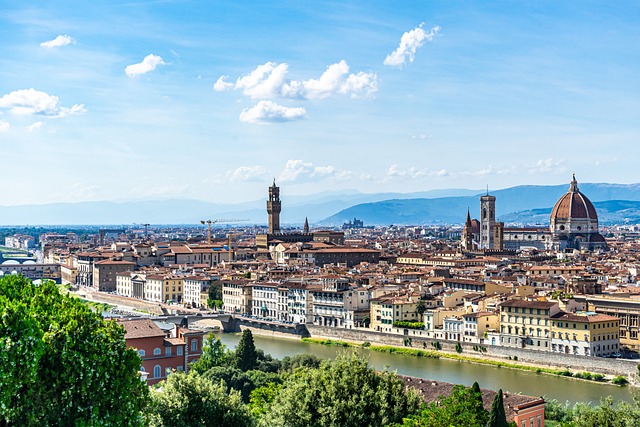
Historic courthouses have emerged as powerful anchors for revitalizing downtown districts, playing a pivotal role in the real estate landscape. These architectural gems, often centuries old, possess an inherent charm and historical significance that draws both locals and visitors alike. By repurposing these structures for modern uses, such as mixed-use developments or cultural centers, communities can create vibrant hubs that blend tradition with contemporary life. This strategy not only preserves local history but also fosters economic growth, attracting businesses and residents seeking unique, walkable neighborhoods.
The transformation of historic courthouses into dynamic community spaces can stimulate local economies by increasing foot traffic and property values in the surrounding area. Their grand facades and iconic features become landmarks that enhance the district’s identity, making it more desirable for both commercial and residential real estate ventures. This trend reflects a growing appreciation for the value that historical architecture brings to modern urban landscapes, ensuring that downtown districts remain vibrant centers of culture, business, and community engagement.
Architectural Gems: Design and Preservation Considerations

Historic courthouses stand as architectural gems, offering more than just a glimpse into the past. Their intricate designs reflect the era in which they were built, making them valuable assets to any downtown district. When it comes to real estate, these structures present a unique opportunity—a chance to preserve local history while enhancing urban spaces.
Considerations for preservation often include maintaining the original architectural elements, ensuring structural integrity, and adapting the space to modern uses. Balancing historical accuracy with practical needs requires careful planning. Restoring these courthouses not only conserves their beauty but also fosters a sense of community and connection to the past, making them integral parts of vibrant downtown areas.
Economic Impact and Community Pride: A Real Estate Perspective
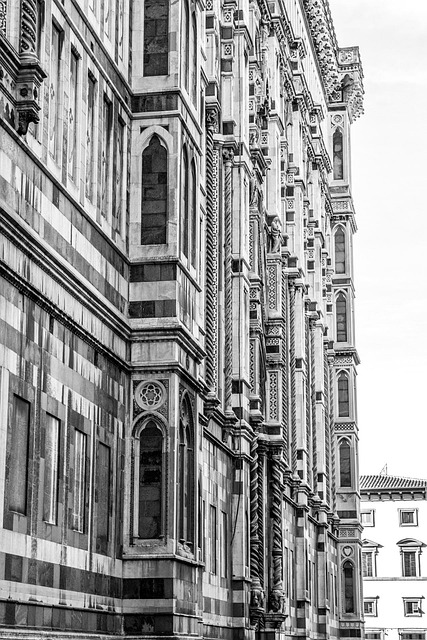
The historic courthouse, standing as a grand landmark in the heart of the downtown district, has not only preserved its cultural significance but also played a pivotal role in shaping the real estate landscape. Its presence acts as a magnet, drawing businesses and residents alike to the area, thereby fostering economic growth. The unique architecture and historical charm associated with such buildings have become a sought-after feature among potential buyers and tenants, driving up property values and stimulating local investment.
This cultural institution serves as a community pride point, enhancing the desirability of surrounding properties. Real estate professionals observe that areas around historic courthouses often experience increased rental rates and higher sale prices due to their proximity to this iconic structure. The positive economic ripple effect not only benefits existing businesses but also encourages new ventures to establish themselves in what has become a thriving, vibrant downtown district.
